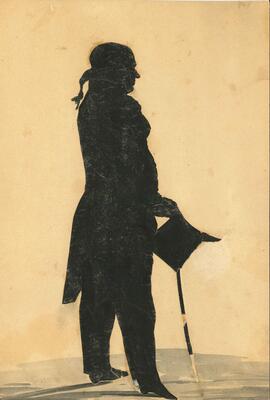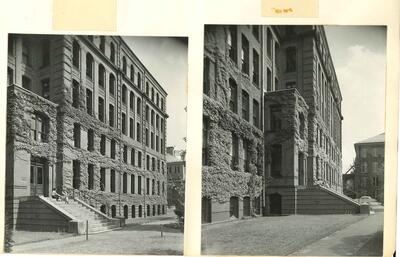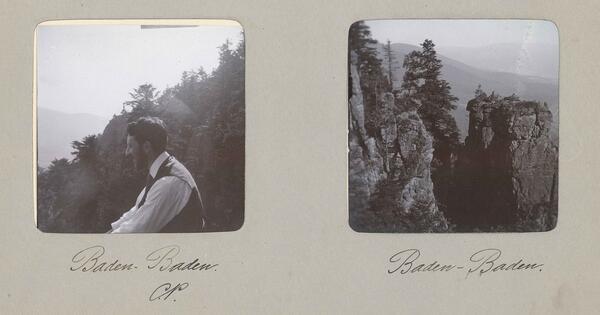 "From early youth I have heard it lamented among Men of Letters that we had neither a Natural History of this country, nor any Person possessed of a taste for such enquiries." -John Adams, 1805 in correspondence with Benjamin Waterhouse concerning the patriotic imperative for scholarly study of the newly formed United States of America.
"From early youth I have heard it lamented among Men of Letters that we had neither a Natural History of this country, nor any Person possessed of a taste for such enquiries." -John Adams, 1805 in correspondence with Benjamin Waterhouse concerning the patriotic imperative for scholarly study of the newly formed United States of America.

Under the direction of Louis Agassiz, the first unit of the University Museum at Harvard was built in 1859 to function as a museum and a center dedicated to the study of comparative zoology. Due to Agassiz’s irrepressible enthusiasm for the natural world, diverse studies such as mineralogy, botany, and anthropology were additionally explored under the same roof and eventually the University Museum building was extended into a six-level, U-shaped building to properly support the growth of these disciplines and their collections.

Alexander Agassiz, Louis’ son, followed his father’s footsteps by taking over direction of the museum in the first decade of the twentieth century. Throughout his career, Alexander substantially contributed to the development of natural history collections at Harvard both intellectually and financially, and in 1901 organized the Geological Museum in the southwest corner of the University Museum building. The Geological Museum and the Mineralogical Museum functioned as separate institutions until the late twentieth century.
Throughout the twentieth century, the mineral collection supported advanced studies in mineralogy making Harvard one of the leading institutions in mineralogical research. During this century, the collection continued to grow through a number of noteworthy acquisitions and remained in a constant state of active care as it passed through the hands of five different curators.
Scroll to the bottom for a historical overview of the MGMH Curators from the museum's inception through to current Curatrix Raquel Alonso-Perez.
The Geological Museum was founded by Robert Sayles as part of the Museum of Comparative Zoology (MCZ) to represent geology to the public, thus completing founder Louis Agassiz's vision of a complete natural history museum at Harvard. In 1977, the Mineralogical Museum and Geological Museum officially merged into one entity, and the Harvard Museum of Natural History became the public face of the museum. Today, the Earth and Planetary Sciences Department (EPS) at the university is the academic department associated with the MGMH.
History of the Collections
The mineral collection at Harvard, originally separate from the geological collection, predates the founding of the Museum of Comparative Zoology and is the oldest university mineral collection in the nation. The collection began in 1784 as a teaching collection for Professor Waterhouse. The meteorite collection was initially assembled by Josiah P. Cook, Erving Professor of Chemistry and Mineralogy from 1850 until 1894, and firmly established with the purchase of the J. Lawrence Smith Collection in October of 1883. Professor J.E. Wolff, curator from 1894 until 1922, further expanded the meteorite collection by contributing many specimens that were purchased with his own funds. Historically, geological teaching collections have existed at Harvard for over a century. Before 1963, there were many separate geological teaching collections. These earlier teaching collections that provided the foundation of what now constitutes the modern teaching collection were assembled and used by such Harvard luminaries as Louis Agassiz, Esper Larson, Charles Palache, and Clifford Frondel. The systematic development of the mineral collection began in 1923 wh
